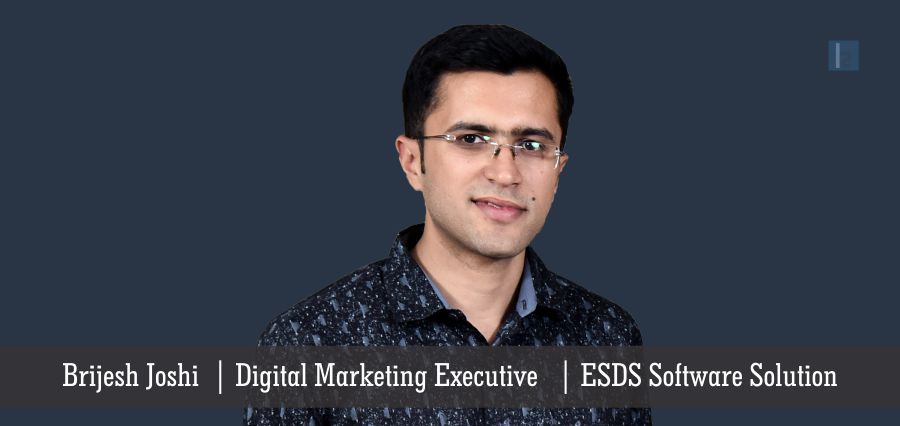In the current IT scenario, the world has been experiencing an immense change which is bringing new technologies together for a better tomorrow. The past several years has only taught us to approach complex IT needs by making use of technologies which cater to these problems. Now-a-days we have huge dependency on the internet to do any kind of activity which connects us to whoever we want from any location at any point of time. We do not realize that our life revolves around data centers because they distribute and store our data. Banks, enterprises, hospitals, telecommunications and transportation are some of the areas which make use of data centers to store their critical data. These data centers are responsible for storing and distributing the humongous amounts of data which is being created every day.
Services which are provided by a data center are changing according to the needs of users and they are evolving to fit the needs of the industry since the last decade. Data center services can be the components of a data center which can be used for processing, distributing and storing data in various ways with speed and security. These services also include new hardware components and softwares which can be implemented for specific tasks. Data centers are built by keeping in mind things like managers and owners, internal and external circumstances, storage needs, security and much more.
In the future, there are a lot of changes which we will be able to see in data center facilities and the services they provide. Below are some of the listed services and components which are the future of data center services.
A. Fog Computing
Fog computing also known as Fogging or Fog Networking, extends cloud computing to the edge of an enterprise’s network. Electrical signals from Internet of Things are wired to an automation controller which executes a control system program to automate the Internet of Things. There is a fine line between Fog Computing and Edge Computing and many a times people get confused over what the real difference is. Fog computing has multiple layers of complexity for data conversion and its architecture is dependent on a communication chain to transfer data from physical assets to virtual entities. In this architecture, each communication link is a potential point of failure.
B. Edge Computing
In Edge Computing, the analysis of data is done where the data is created which is at the edge of the network. Here the analysis is carried out instead of sending it across datacenters because it is a time consuming process. At the edge of network, micro data centers process and store data so that it can be later transferred to the cloud. Edge computing lets you analyze data in real time which improves decision making.
C. Software Defined Networking (SDN)
Software Defined Networking is quickly becoming a key component for automation in data centers. Software-defined networking provides best ways to manage virtualization which saves cost and offers speedy service delivery. It gives data center personnel the ability to manage each and every aspect of a data center which results in higher agility to manage and upgrade their hardware. It is too difficult to manage modern data centers by assigned personnel and thus, it is important to use an automation tool. It helps enterprises to improve their security by minimizing vulnerabilities caused by human errors.
D. Environmental-Friendly Data Centers
Green data centers aim for an eco-friendly environment. According to several studies, half of the resources in a DC are used to run the infrastructure, like power, cooling and UPS. The remaining resources are used to process the data. Data centers have started to work towards low energy consumption by reducing energy footprint. With newer cooling techniques, better efficiency and upgraded power usage effectiveness (PUE), carbon emission is reduced which minimizes the damage to the environment. A new term emerging is Water Usage Efficiency (WUE) which focuses on water to cool the entire data center. Some other newer technologies in the market are economizers and evaporative cooling which uses outdoor air.
Conclusion
There are many more technologies which are being developed in this field so that there is less work to be done and more results to be achieved.
About the Author
Brijesh Joshi is currently working as Digital Marketing Executive at ESDS Software Solution Pvt. Ltd. He is interested in challenging career with zeal in developing marketing related solution and serving the organization for growth.


